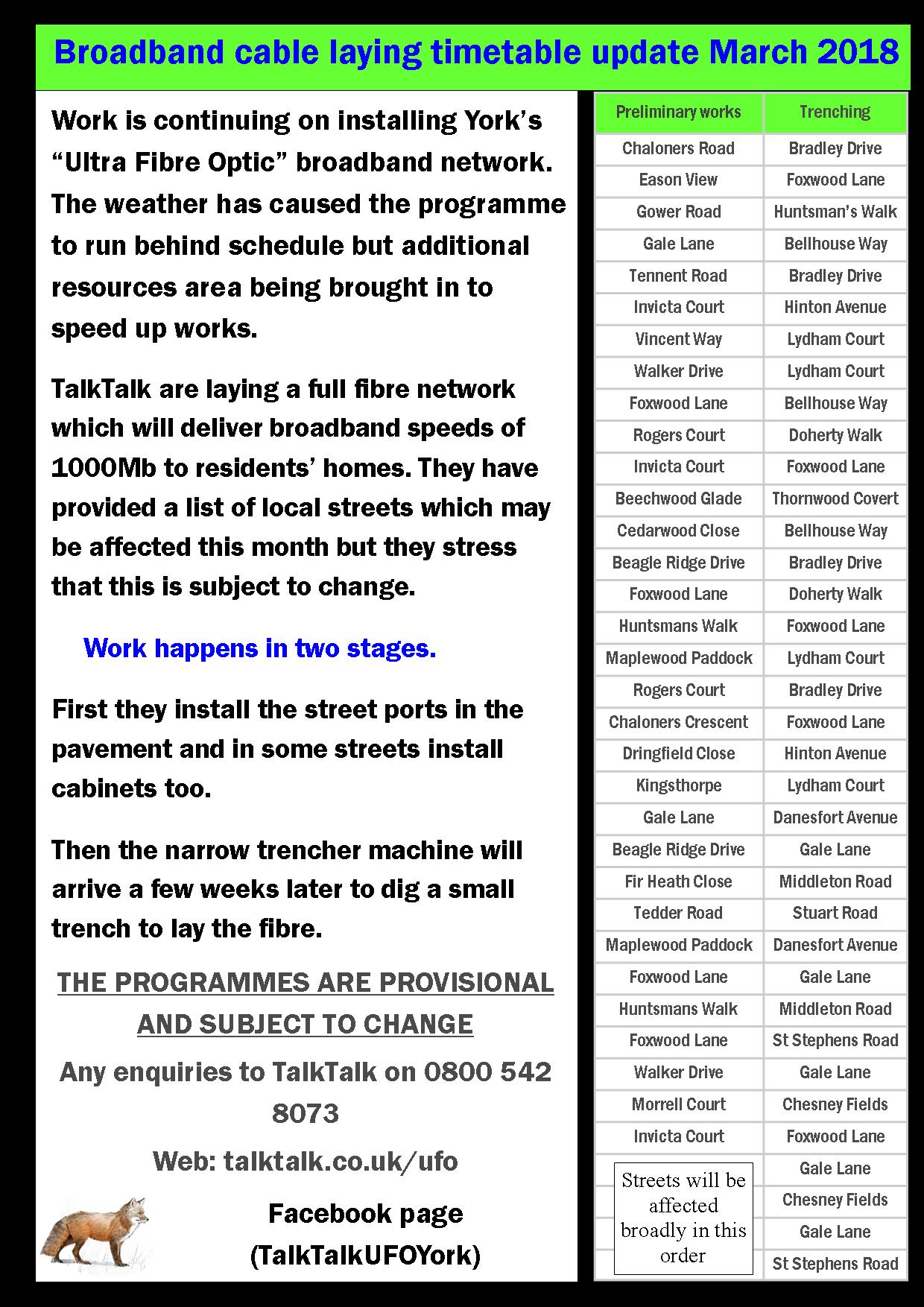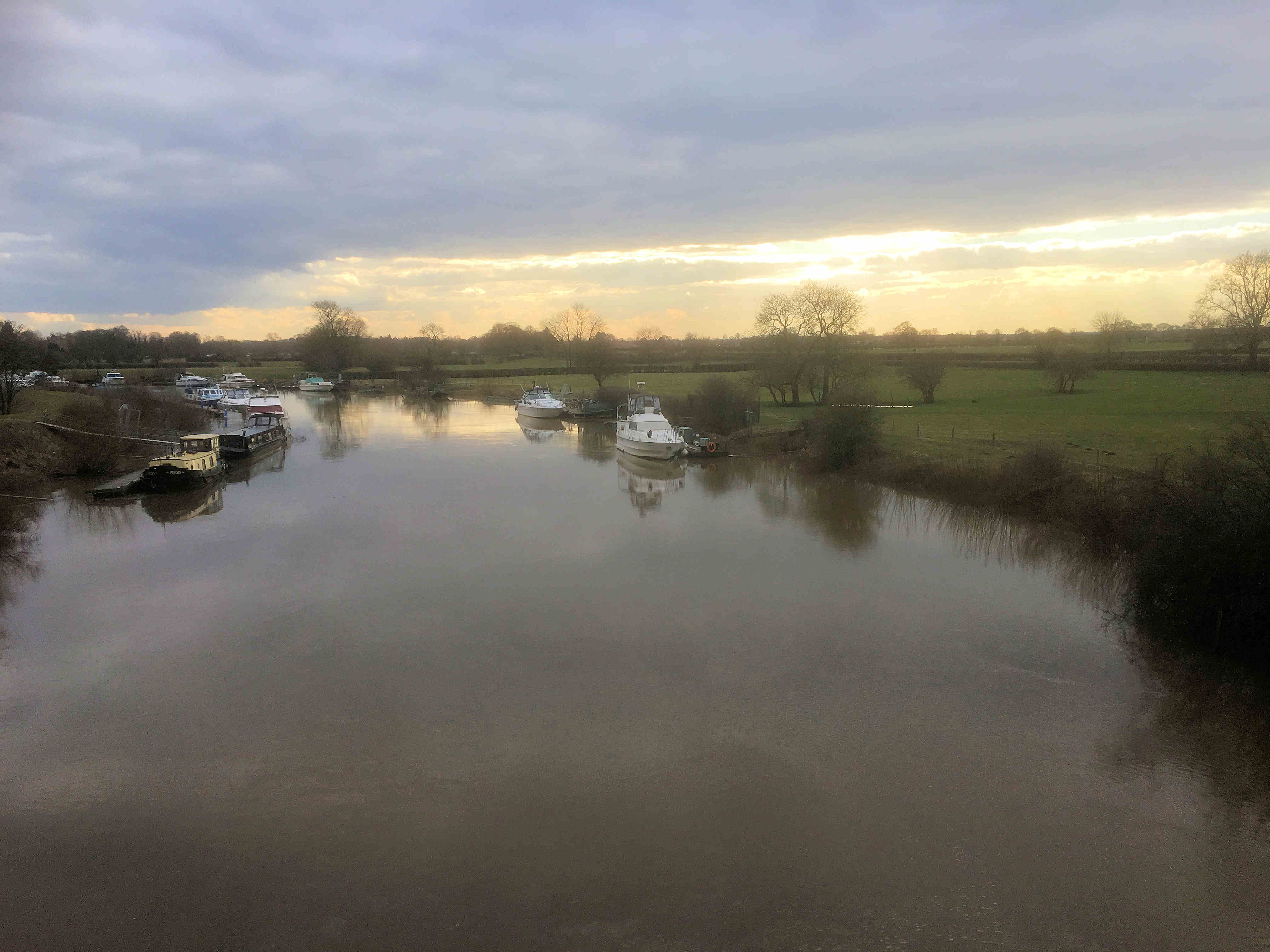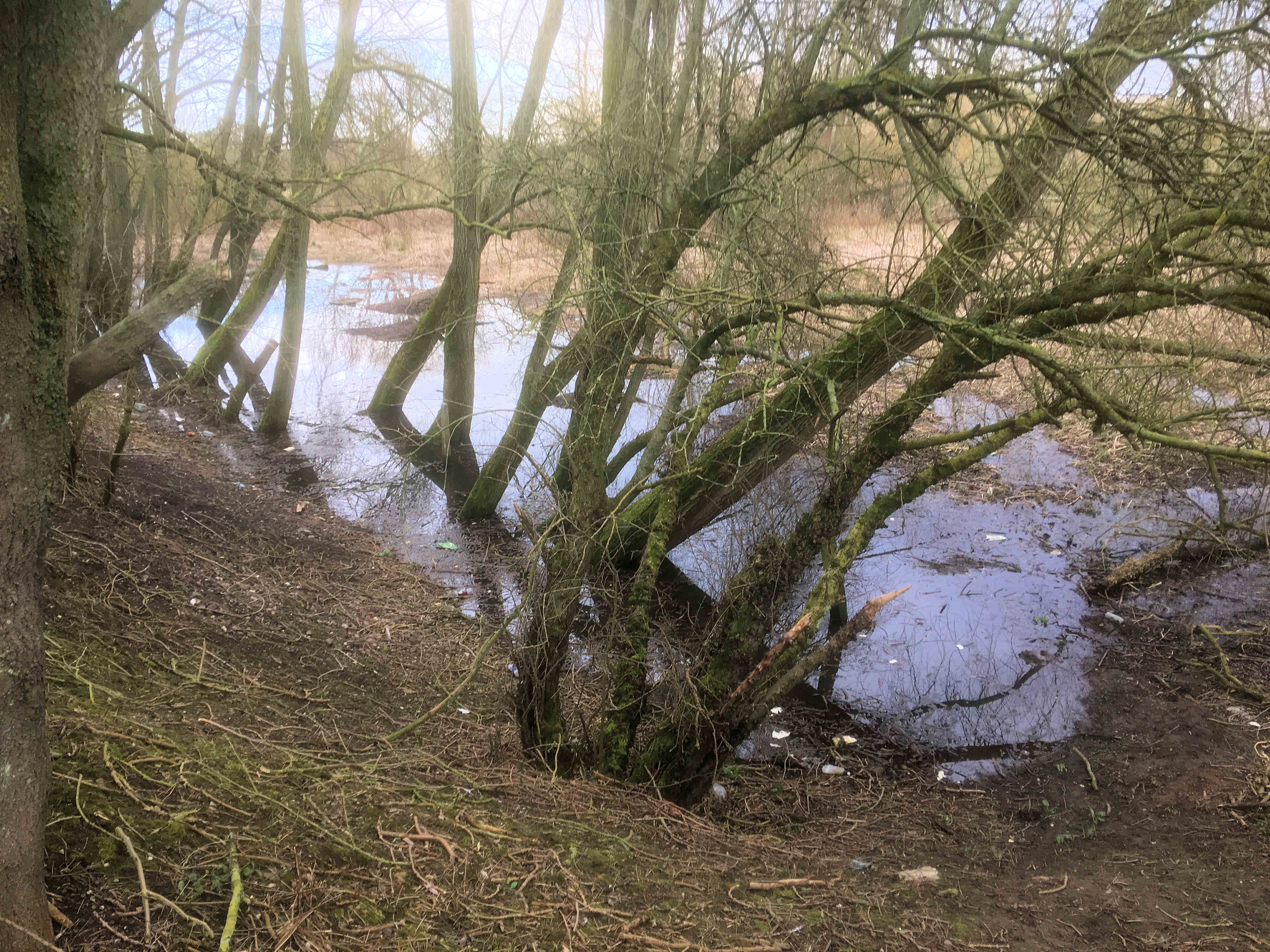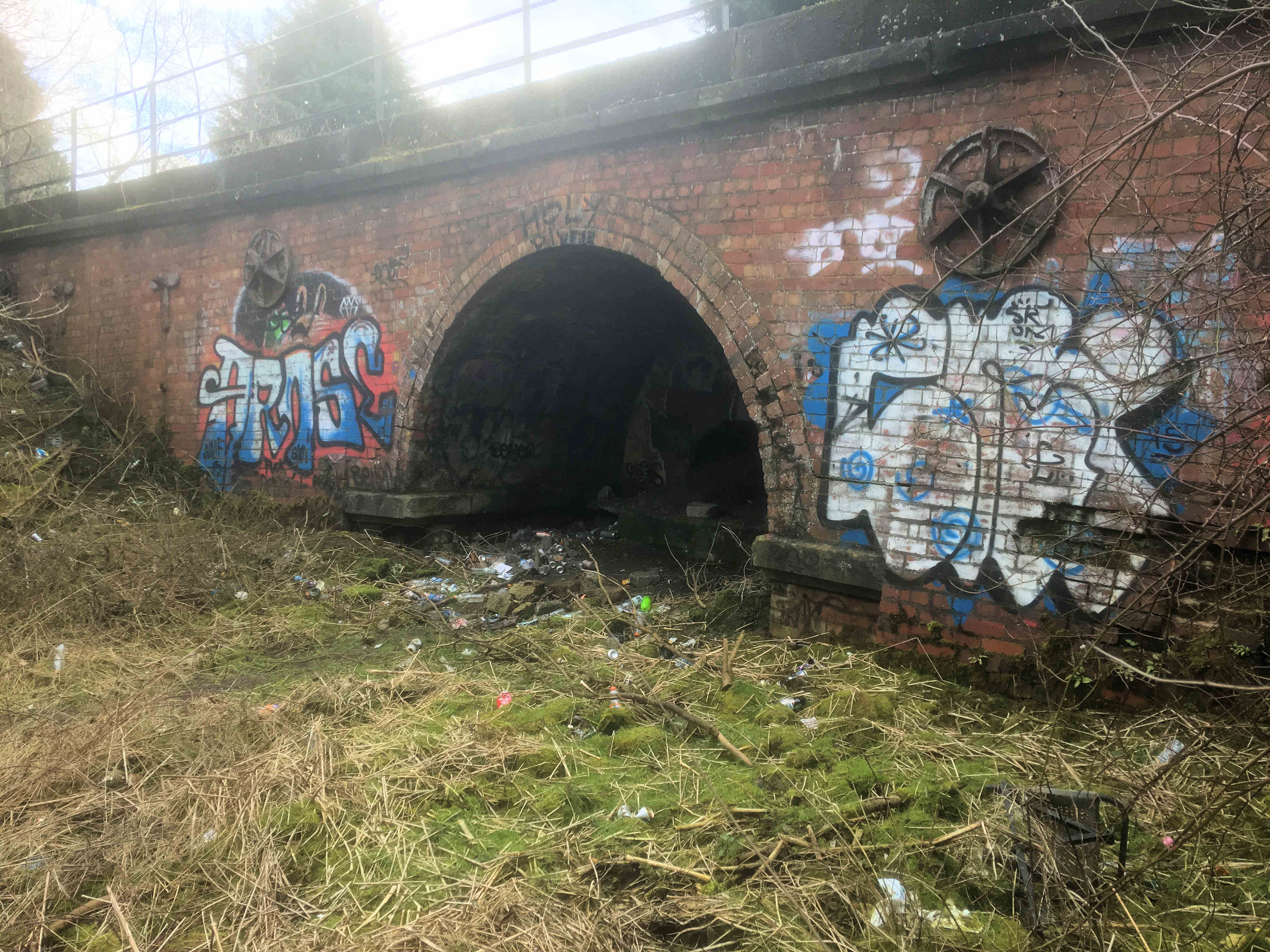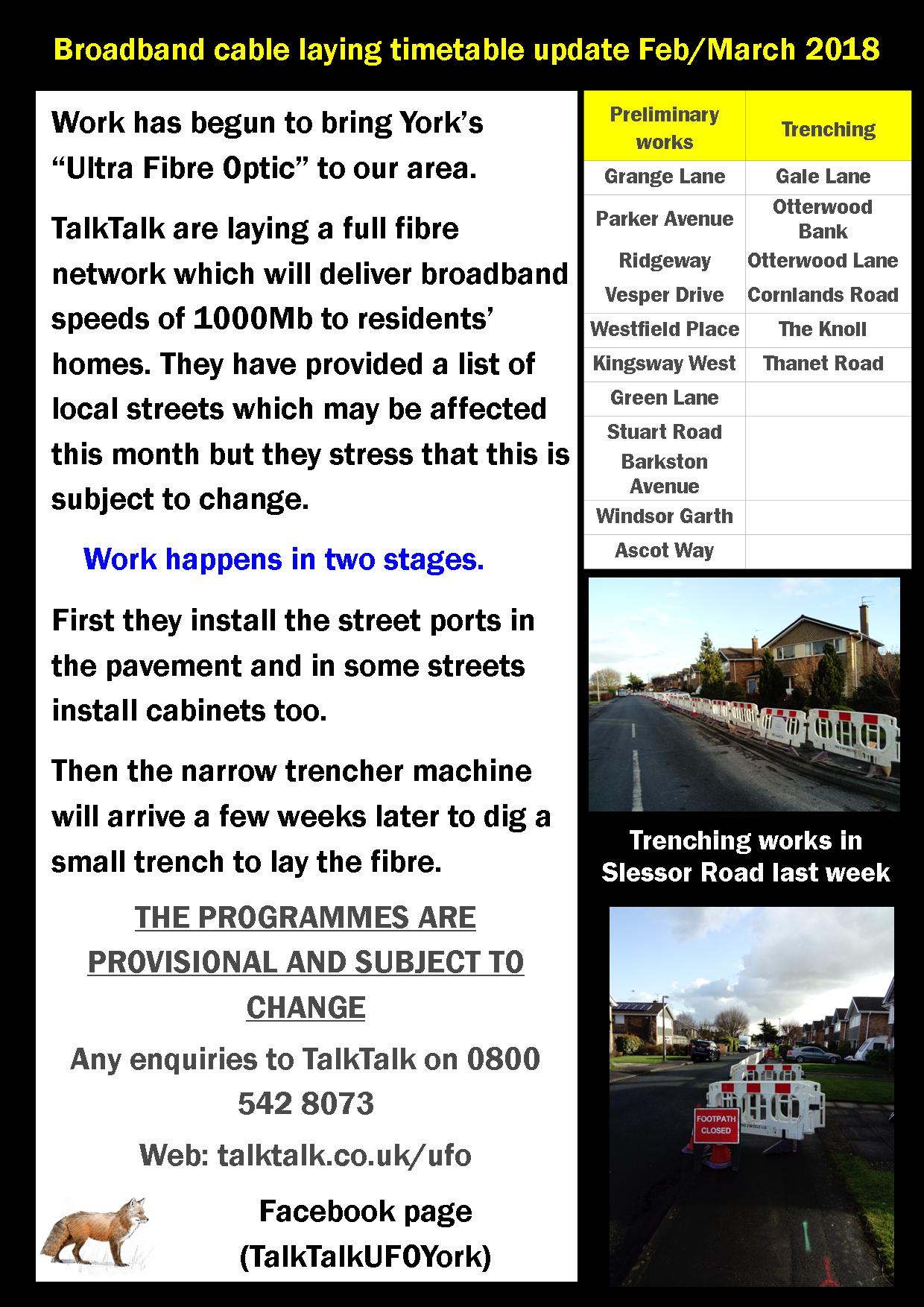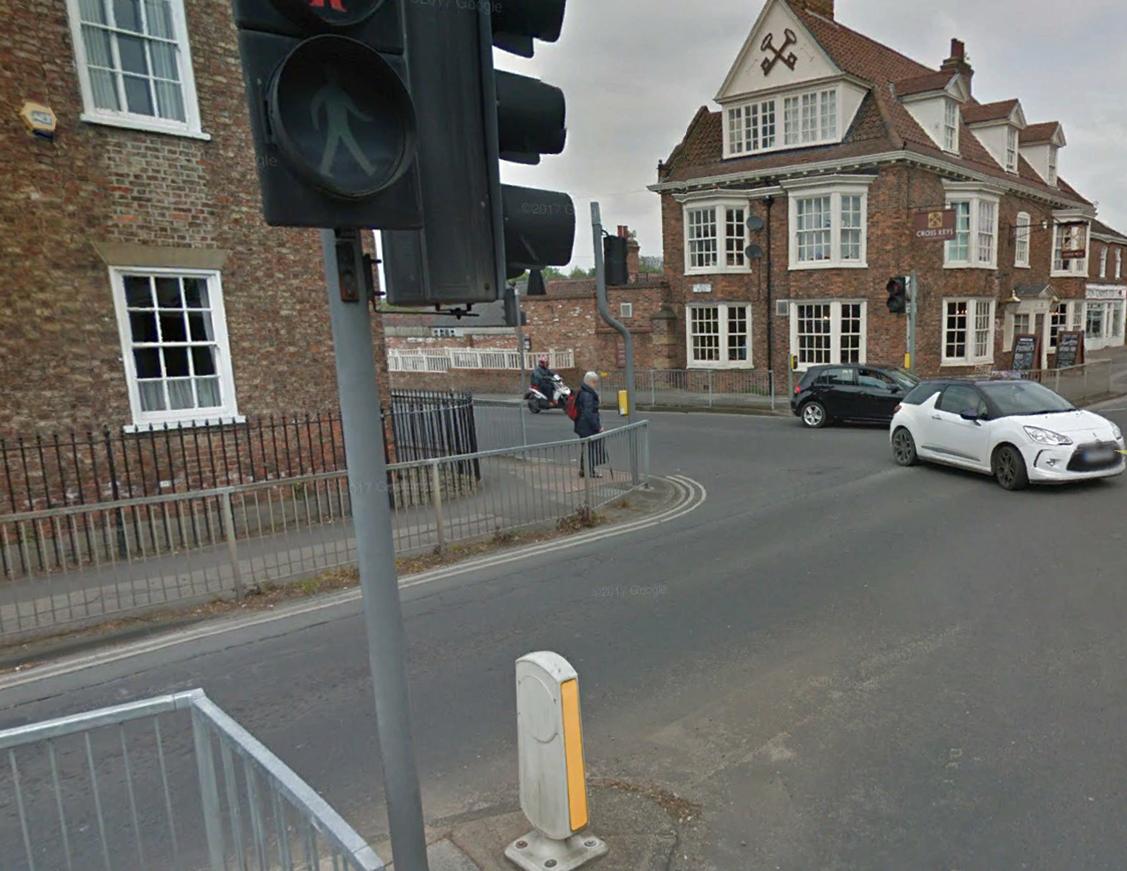 City of York Council is warning of severe disruption as it replaces ageing and unreliable traffic lights at the junction of Tadcaster Road and St Helen’s Road from Monday (30 April).
City of York Council is warning of severe disruption as it replaces ageing and unreliable traffic lights at the junction of Tadcaster Road and St Helen’s Road from Monday (30 April).
The work is expected to last up to six weeks, and will include temporary lights. The council is advising drivers to allow more time for their journeys, consider alternative routes or travel options “like Park and Ride“!
While replacing the traffic lights, the council is making changes to the junction which will improve traffic flows, take advantage of new technology and also prove cheaper and more efficient to run.
The changes to pedestrian crossing arrangements were discussed last summer (click).
Work is scheduled to take place from 7.30am – 5.30pm, Monday to Friday and from 9am – 3pm on a Saturday. Evening work will be required during certain phases of the work, this will be kept to a minimum to minimise disruption to local residents.
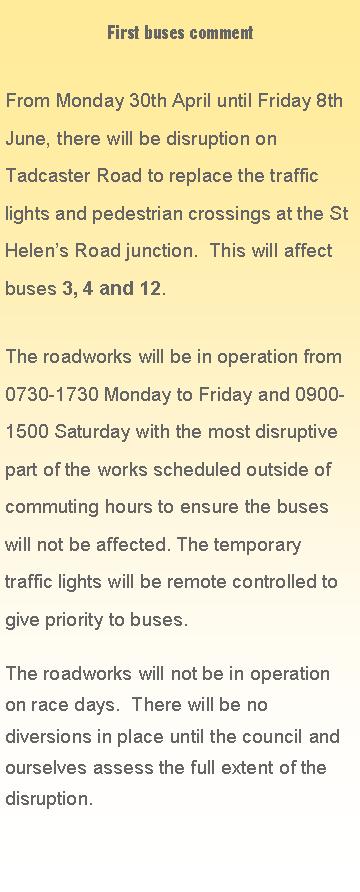 Bus routes should remain unchanged throughout the junction improvements.
Bus routes should remain unchanged throughout the junction improvements.
Work will be suspended from Wednesday 16 May – Friday 18 May and on Saturday 26 May due to race meetings at York Racecourse.
The five year traffic signal asset renewal programme was given the green light by the councillor responsible for transport and planning in November 2015.
The total replacement programme will cost £2.62m over five years and will be funded through the capital programme budget and the existing Local Transport Plan budget.
For information on travelling in and around York visit www.itravelyork.info/roadworks
In a separate development the Council says it is “pioneering intelligent transport technology to tackle congestion on the city’s roads”.
In the first of two Department for Transport projects which could change the way traffic is managed in the UK, the council has installed special sensors from Lendal Arch gyratory and along the A59.
These will pick up anonymous (‘hashed’) mobile phone signals and data from ‘connected’ cars.
The council can then combine this with other data – like real-time bus movements – to give a complete picture of how traffic behaves.
This will help the council to set traffic signals which respond to how traffic actually behaves, especially in events like sudden downpours.
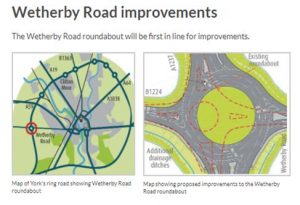 Motorists are asked to take extra care at the Wetherby Road roundabout on the outer ring road as work is undertaken to narrow the road lanes after this evening’s peak traffic.
Motorists are asked to take extra care at the Wetherby Road roundabout on the outer ring road as work is undertaken to narrow the road lanes after this evening’s peak traffic.
 City of York Council is warning of severe disruption as it replaces ageing and unreliable traffic lights at the junction of Tadcaster Road and St Helen’s Road from Monday (30 April).
City of York Council is warning of severe disruption as it replaces ageing and unreliable traffic lights at the junction of Tadcaster Road and St Helen’s Road from Monday (30 April). Bus routes should remain unchanged throughout the junction improvements.
Bus routes should remain unchanged throughout the junction improvements.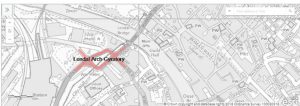 The delayed contract to resurface part of Rougier Street, Station Rise and Station View will cost £153,666.
The delayed contract to resurface part of Rougier Street, Station Rise and Station View will cost £153,666.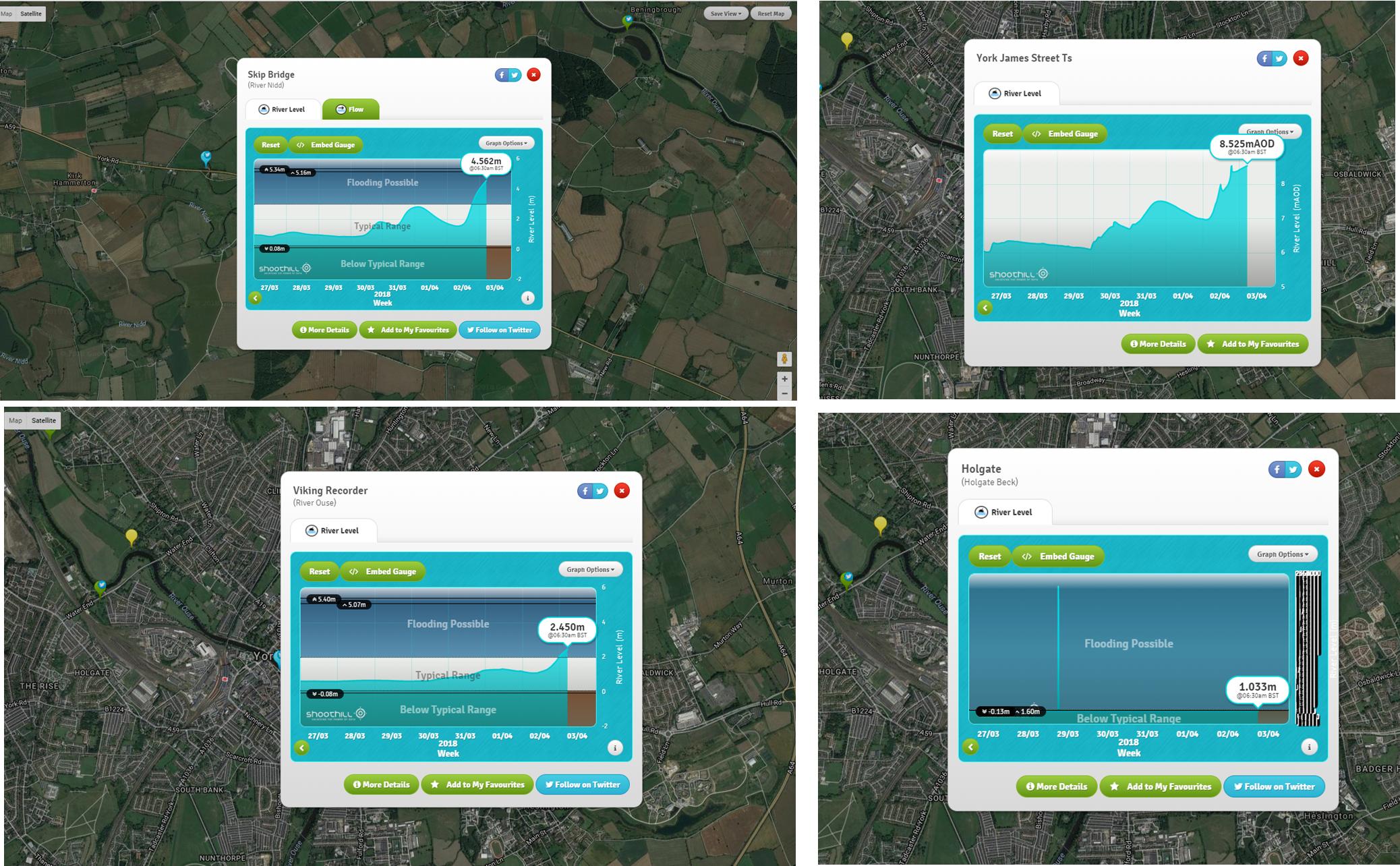
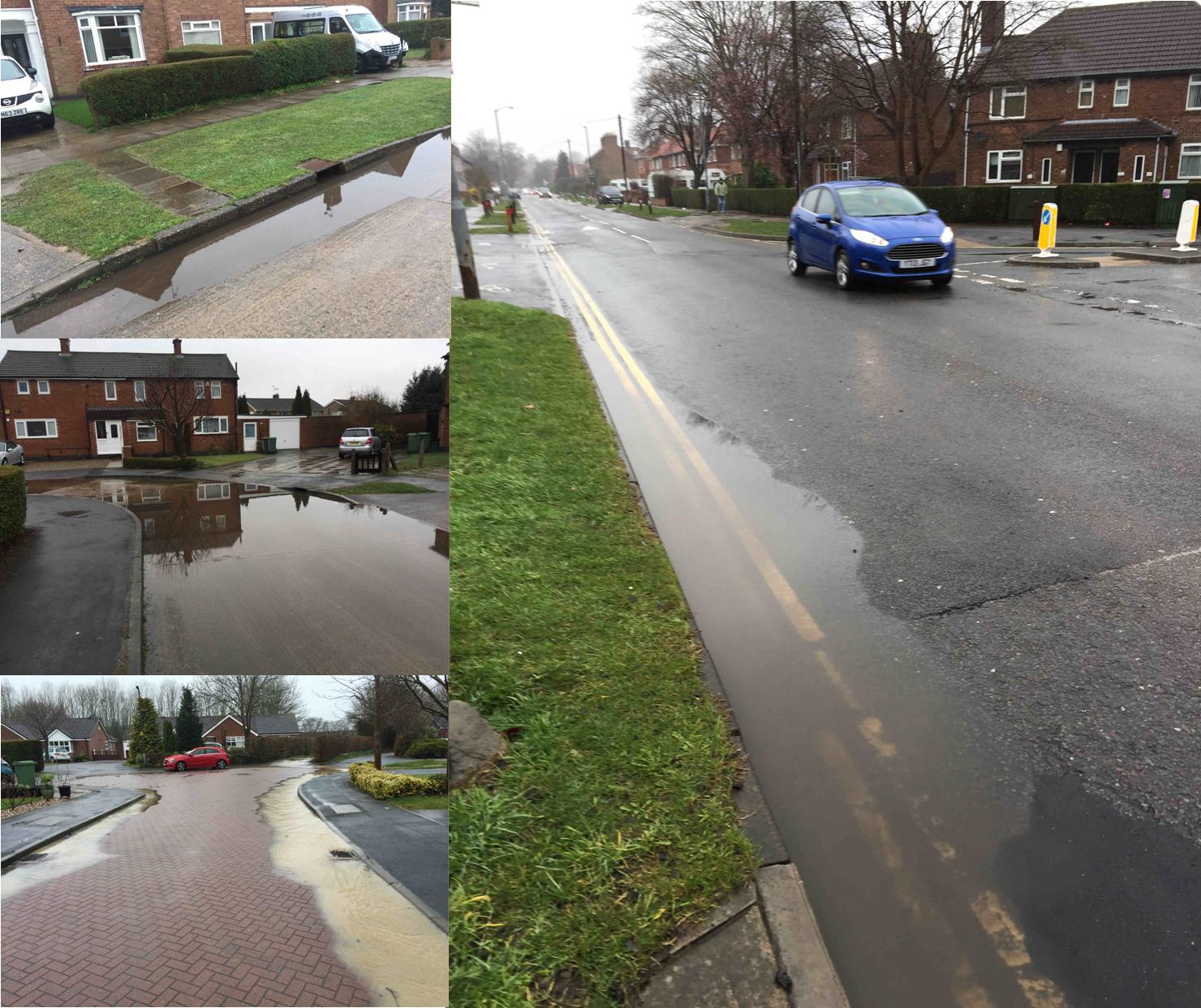
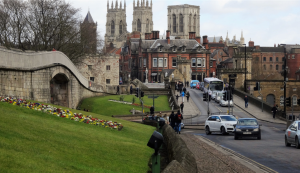 Following on from the extensive Lendal Arch Gyratory traffic signal works City of York Council is set to resurface the area next month to complete the upgrade scheme.
Following on from the extensive Lendal Arch Gyratory traffic signal works City of York Council is set to resurface the area next month to complete the upgrade scheme.